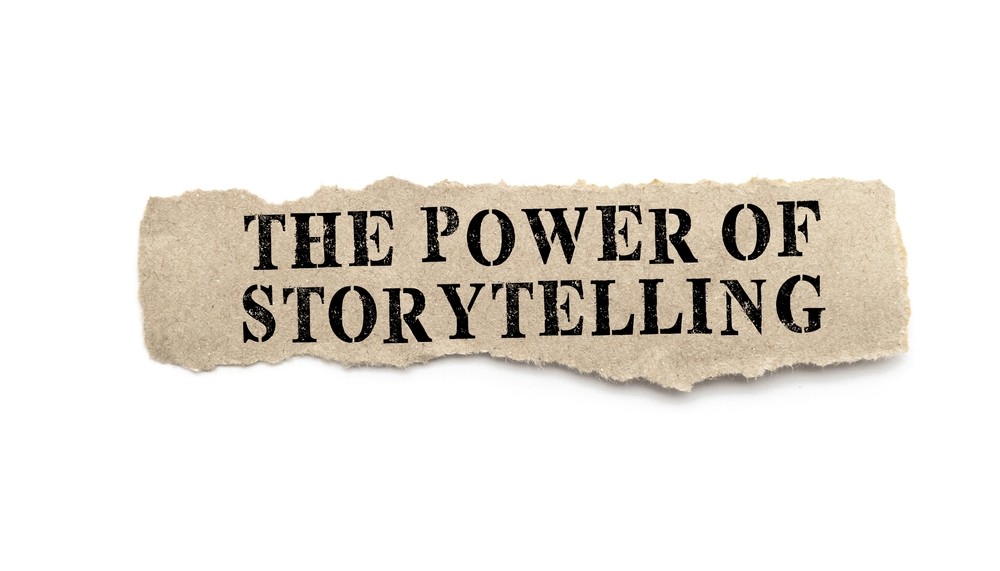1. Know Your Audience:
- Start by understanding your target audience's demographics, interests, and pain points. Tailor your story to speak directly to their needs and aspirations.
2. Define Your Brand Story:
- Clarify your brand's core values, mission, and unique selling proposition (USP). Your brand story should align with these elements.
3. Create a Protagonist:
- Introduce a relatable protagonist or character that embodies your audience's challenges and desires. This character becomes the hero of your story.
4. Establish a Conflict:
- Every compelling story has conflict. Identify the main challenge or problem your audience faces, which your product or service can help resolve.
5. Craft a Narrative Arc:
- Develop a narrative structure that includes an introduction, rising action, climax, resolution, and conclusion. This structure keeps viewers engaged.
6. Emotionally Engage:
- Use storytelling to evoke emotions. Whether it's empathy, joy, or excitement, emotions create a lasting impact and connection.
7. Use Visuals:
- Visual elements, such as imagery and video, play a crucial role in storytelling. They help convey your narrative effectively.
8. Simplicity and Clarity:
- Keep your story simple and clear. Avoid overly complex narratives that might confuse or lose your audience.
9. Highlight Benefits:
- Showcase how your product or service addresses the conflict and benefits the protagonist. Use real-life examples and testimonials when possible.
10. Call to Action (CTA):
- Incorporate a clear and compelling call to action at the end of your story. Encourage viewers to take the next step, whether it's making a purchase, subscribing, or contacting your brand.
11. Consistency:
- Ensure that your brand story aligns with your overall brand identity and messaging. Consistency builds trust and recognition.
12. Authenticity:
- Be authentic in your storytelling. Consumers appreciate genuine stories that reflect the real values and experiences of your brand.
13. Sequel and Series:
- Consider creating a series of stories or sequels that keep your audience engaged and eager to learn more.
14. User-Generated Content:
- Encourage user-generated content where your customers share their stories and experiences with your product or service.
15. Social Responsibility:
- Highlight your brand's commitment to social responsibility and community engagement. Storytelling can convey the positive impact your brand has on society.
16. Metrics and Analysis:
- Measure the impact of your storytelling through metrics like engagement rates, conversions, and brand sentiment. Analyze what works and refine your approach.
17. Adapt to Feedback:
- Listen to feedback from your audience and be open to adjustments in your storytelling strategy.
18. Test and Iterate:
- Experiment with different story formats and messages to find what resonates best with your audience. Continuous testing and improvement are key to success.
19. Storytelling Platforms:
- Choose the most suitable platforms for your brand's storytelling, whether it's social media, your website, email marketing, or video platforms.
20. Storytelling Training:
- Invest in training for your marketing and creative teams to hone their storytelling skills and refine your brand's narrative.
Effective storytelling in advertising not only captures attention but also creates a lasting impact. When done well, it can turn casual viewers into loyal customers and brand advocates. It's a powerful tool for building trust, conveying your brand's personality, and leaving a memorable impression in the minds of your audience.




Comments (0)